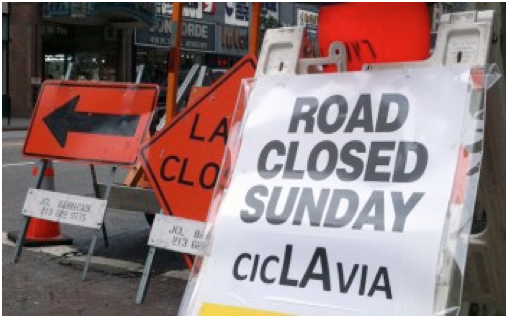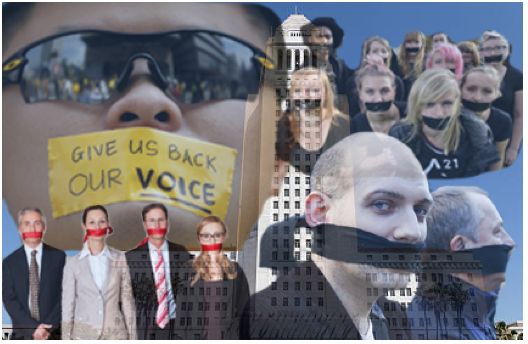Is it Vision Zero or Zero Vision?
RANTZ AND RAVEZ-I recently discussed the current living conditions in the City of Los Angeles with a 30-ish, married resident of the San Fernando Valley who works for the City of LA. He is quite upset with the current state-of-affairs here: traffic congestion, increasing crime, lack of affordable housing, the economy, the constantly expanding homeless population and a host of related topics. In addition to the direction in which the city is headed, we discussed the Mayor’s plan and vision for LA.





































